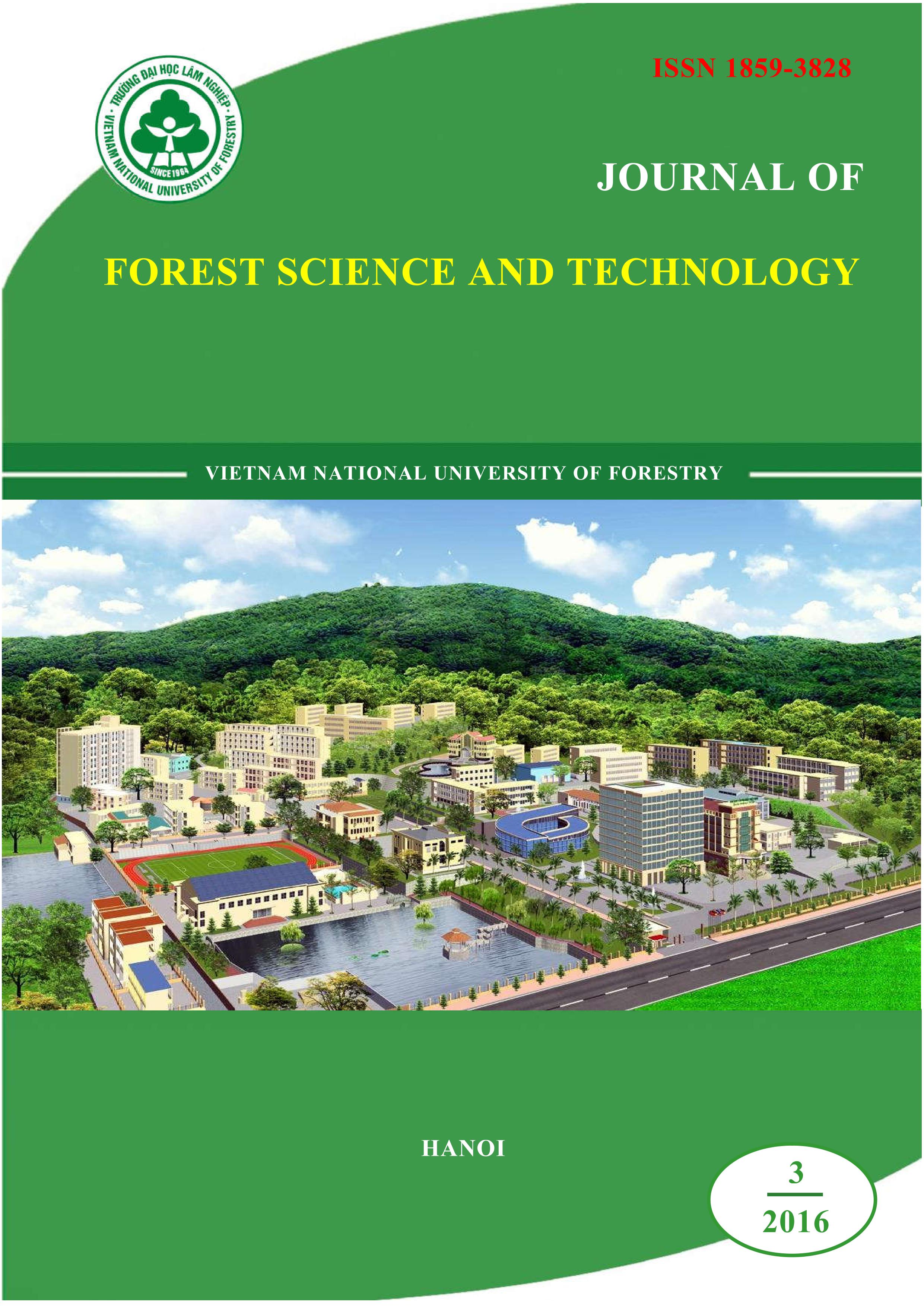EFFECT OF VENEER CURING PROCESS ON BONDING QUALITYOF MODIFIED PLYWOOD
Keywords:
AKD, Beech, bonding quality, N-methylol melamine, plywood, veneerAbstract
Beech (Fagus sylvatica L.) veneers were treated with: two formulations based on N‑methylol-melamine (NMM): 1) NMM solution (NMM-1, 10% solid content), 2) fatty acid modified NMM dispersions containing paraffin (with an aluminum salt as catalyst, mNMM-2, 5% solid content); and 3) alkyl ketene dimer dispersions (AKD, 1% solid content). Five treated veneers were glued with a phenol formaldehyde adhesive to produce plywood in two different processes. In the first process, the impregnated veneers were cured before gluing and pressing. In the second process, the curing of the impregnated veneers and the pressing to make plywood were combined in one step. Plywood produced from water-treated veneers served as controls. Bonding quality of the plywood was performed following the standard EN 314-1 (2004) with three pre-treatments prior to the test. The results showed that regardless of the plywood production process and pre-treatment, the plywood treated with NMM-1 resulted in increased shear strength (up to 28.5%) in comparison to the controls, whereas the treatments with mNMM-2 and AKD diminished the shear strength of the plywood to different extents. The cohesive wood failure of the control plywood varied from 50 to 100%, while this percentage of the treated plywood was much lower, between 0 and 40% in both process 1 and process 2. Nevertheless, the plywood of both processes (except mNMM-2 treated plywood in process 1) reached the requirements for the plywood used in non-covered exterior conditions according to the EN 314-2 (1993). Statistical analyses indicated that plywood produced in process 2 induced comparable or higher shear strength than that in process 1, the curing before gluing application resulting in negative effects on bonding quality is also discussed. The number of delaminated plywood specimens after the soaking/drying cycles was in agreement with the bonding quality.









